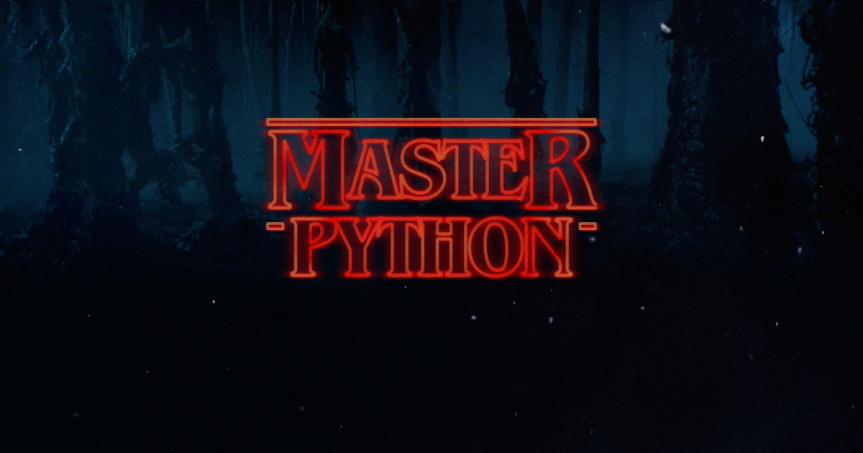--Originally published at TC101 – Doctor Alexis Freud
“No tengo mucho escribiendo código en Python, se que debo tener problemas, pero lo que sucede es que nadie puede ayudarme a resolverlos cuando los tengo” Son algunas de las palabras de frustración con las que se desahogaba mi primera paciente como doctor en código, Alexis Freud.
 Paula estaba en conflicto: Si ella escribía su código, nadie mas lo entendería. Solo ella.
Paula estaba en conflicto: Si ella escribía su código, nadie mas lo entendería. Solo ella.
Me comentó que ademas, estaba deprimida porque sentía que no era muy atractiva, debido a su ojo gigante, su piel morada o a su cabello maltratado.
Estaba claro que yo soy doctor de código, y no la podía ayudar con su físico, pero si en algo podía apoyarla, era con su código.
Decidí recetarle un poco de mi amplio conocimiento sobre algo llamado “comentarios” (que no adquirí en este video de Youtube, ni mucho menos en este libro súper barato, porque, obvio, soy doctor).
Le hable sobre los comentarios, que son textos que la computadora no reconoce como código y se utilizan para dar a entender mejor el código. Le mencione que para escribir comentarios en Python puedes utilizar 2 tipos:
- Para una línea
- Para varias líneas, o comentarios más largos.
Para el primer tipo de comentarios debes colocar un “#” antes de comenzar a escribir. Python no detectara lo que se escriba ahí, ya que esta diseñado para que sea interpretado por humanos y no por la computadora.
Para el segundo tipo de comentarios utilizas tres comillas (“””) al iniciar y tres comillas (“””) al finalizar el comentario.
Le deje en una nota ambos ejemplos, para que pudiera recordarlos mas tarde:

Desde ese momento, Paula se hizo mas bella, la gente entendió sus códigos y desarrollo su propio sistema operativo, mas de 50,000 comentarios.
Hasta aquí mi reporte sobre la primera paciente.









 Paula estaba en conflicto: Si ella escribía su código, nadie mas lo entendería. Solo ella.
Paula estaba en conflicto: Si ella escribía su código, nadie mas lo entendería. Solo ella.












